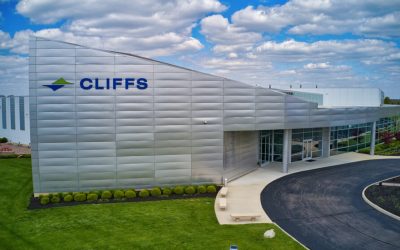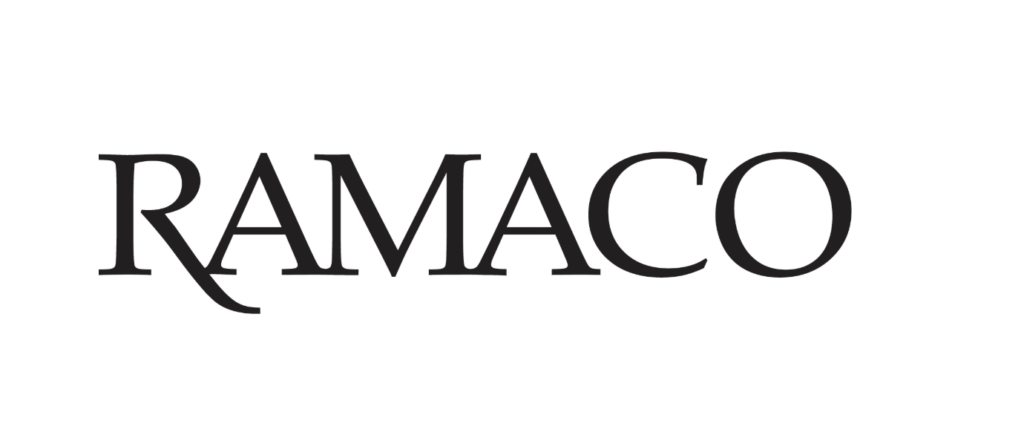In a bold move to push forward the green agenda, Cleveland-Cliffs Inc., a prominent steelmaker in the United States, has secured a significant financial boost from the federal government. The U.S. Department of Energy has earmarked a substantial sum, amounting to $575 million, to back Cleveland-Cliffs’ dual decarbonization projects, a testament to the company’s commitment to sustainable industry practices.
The Middletown Works in Ohio, one of the primary beneficiaries of this funding, is slated to receive up to $500 million. This influx of capital is intended for a groundbreaking transformation of its current blast furnace infrastructure. The project’s centerpiece is the integration of a hydrogen-ready direct reduced iron (DRI) plant, with the impressive capacity to produce 2.27 million metric tons annually. This initiative is complemented by the addition of two 120-megawatt electric melting furnaces. A significant aspect of this upgrade is the plant’s shift away from coke in iron production, which is expected to reduce the facility’s carbon emissions intensity substantially. Notably, this transition will not affect the Middletown plant’s existing raw steel production capabilities, which stand at 2.72 million metric tons per annum.
In parallel, Butler Works in Pennsylvania is also set to benefit, with up to $75 million dedicated to its decarbonization efforts. Here, Cleveland-Cliffs plans to replace two of the plant’s conventional natural-gas-fired high-temperature slab reheat furnaces. The adoption of four advanced electrified induction slab reheat furnaces is poised to enhance the production of electrical steels, aligning with contemporary environmental goals. This upgrade is expected to curtail carbon emissions, slash energy expenditures, and ameliorate the quality of the steel slabs produced.
These initiatives by Cleveland-Cliffs, buoyed by federal support, signify a robust step towards a greener industrial landscape. By optimizing energy usage and curtailing carbon emissions, Cleveland-Cliffs is not only adhering to ecological imperatives but is also setting a precedent for the industry at large. The long-term implications of such projects are substantial, offering a blueprint for other companies to marry industrial progress with environmental stewardship.
Source: SteelOrbis, AI generated










Does this benefit high grade iron ore products over more common lower grades?
Yes. As the steel industry decarbonizes, the higher grade iron ore products will earn a premium.